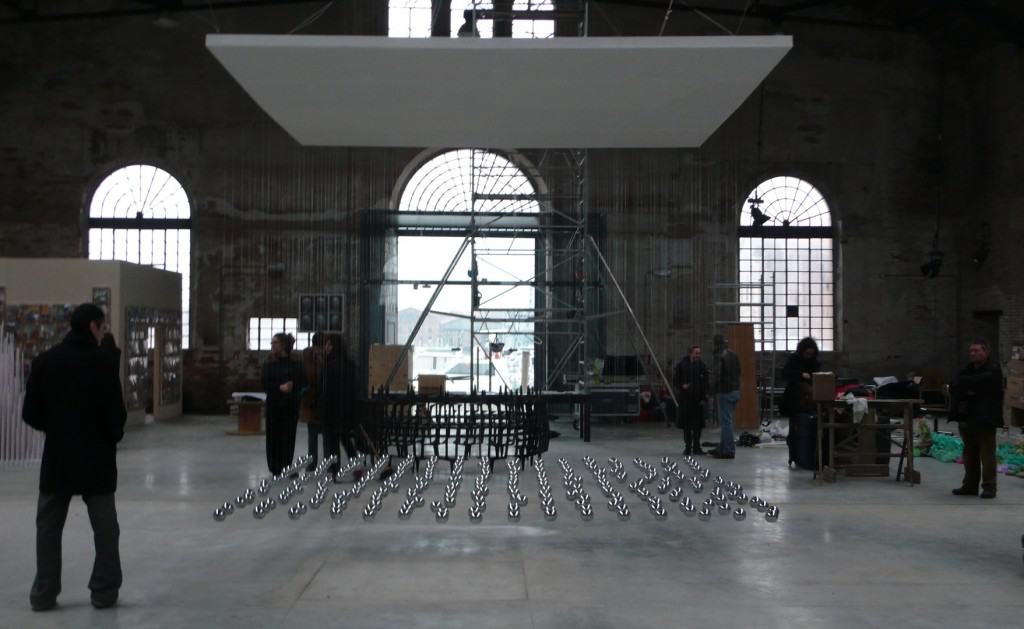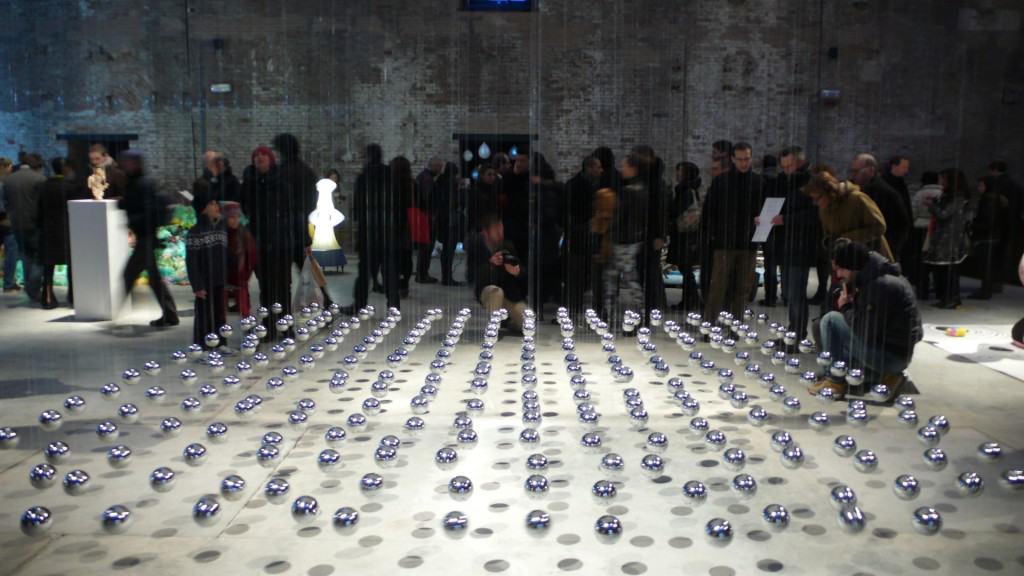At the Venetian Arsenale, the finalists’ exhibition of the 7th edition of Arte Laguna Prize has just ended up. Its organizer is the Cultural Association MoCA (Modern Contemporary Art), in collaboration with Arte Laguna Studio. It is a very prestigious contest that received a medal by the President of the Italian Republic. It is held under the patronage of, among others, the Ministry of Foreign Affairs, the Veneto Region, the Municipality of Venice, Cà Foscari University of Venice, and the European Institute of Design. This year, among the finalists there were seven Polish artists awarded in four categories. It is a great success!
Yet, we would like to focus your attention on a very interesting artist – Maria Wasilewska who received a special prize “Personal Exhibition”. As we learned from the artist herself, her exhibition will be held at the Amy-d Arte spazio Gallery in Milan.
We have had a chance to see the works of Maria Wasilewska many times. We do watch her artistic activity and would like to introduce her work to you as well, since she always surprises the viewers with the freshness, austerity and the remarkable game carried out between our senses and the annexed space.
255 metal balls, shining with a metallic luster, suspended motionlessly in the space, hovering just above the ground. Just one move, and the balls start to hit one another. Metallic sound. One after another, the balls swing like a pendulum and animate the installation. This movement can be caused by the forces of nature – a puff of wind, or by the mechanical interference – viewers can touch, enter the installation, and become part of it. In Venice, it was just like this. The installation, in a company of other finalists’ artworks, was presented in a spacious hall of the Arsenal. A much more oneiric aura had been created by the Cracow version of The Rest is Silence installation, where the small, intimate space of the Skład Solny Gallery forced interaction. I have the impression that in case of Maria Wasilewska, elements such as space or light are never accidental or necessary additions from the outside that just need to be accepted. They always seem to be an integral part of the work (Process installation, 2009). Space and light are materials that the artist shapes according to the same rules as the objects. A large part of her realizations is site-specific. In a different space they would have a completely different character or be even impossible to come into being at all.
According to me, one of the most beautiful installations was Wasilewska’s Today Is My Birthday, presented in the Skład Solny Gallery in Cracow. The installation consisted of two closed rooms. They were like two opposing worlds, each of them hypnotizing and dragging into the abyss. The artist, what is characteristic for her realizations, used very simple measures. She reached for the basic elements, such as light, color and form, and on their basis created a unique feast for the senses. The first room – a white cube. On the wall opposite the entrance a colorful circle – the only source of light – hypnotized the viewer with the smoothly changing warm and cool colors causing the loss of our sense of distance and orientation in space. After a certain time of our monotonous staring at the point in front of us we were tossed into the “black abyss”. Our sight not adjusted to the darkness, the floor giving way under our feet, the lack of any reference…and suddenly, opposite us, there was the upside down reflection of us in an enlarged lens. No anchorage – dizziness – the world turned upside down. This time the artist reached for the experiences from the field of optics. She utilized the imperfections of our sight to influence our senses even stronger. As a result, our reaction to the environment she had created was not only emotional but also physical. In her works, Maria emphasizes the simplest and smallest elements that other artists do not pay attention to at all. In her hands they expand and transform from a single tone into a whole symphony.
What distinguishes her work is this incredible austerity of the measures she uses and the reduction of everything that is unnecessary. In Wasilewska’s works, there are no ornaments. There is only what is absolutely necessary: the space, the object and the light. There are no big gestures, contrived ideas, propping up with the theories by the “great” critics. The most beautiful is this moment of contact with art – art speaks for itself. In my opinion, it is exactly the case with Maria Wasilewska’s output.
Maria Wasilewska was born in 1971 in Toruń. She studied at the Faculty of Fine Arts UMK in Toruń in the sculpture studio of Professor Adolf Ryszka. In 1996 she received a diploma in Sculpture from the studio of Professor Maciej Szańkowski. She mainly works in installation, site specific and environment installations, she creates spatial objects. In her works she often uses sound.
More information you can find here: http://www.mariawasilewska.pl/EN/index.html
translation: Urszula Płoch-Syhłowyj










